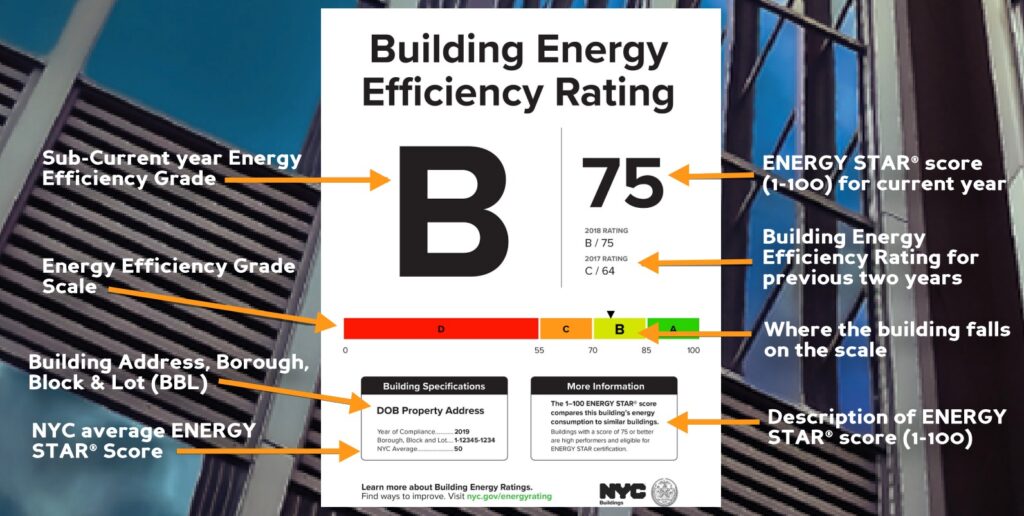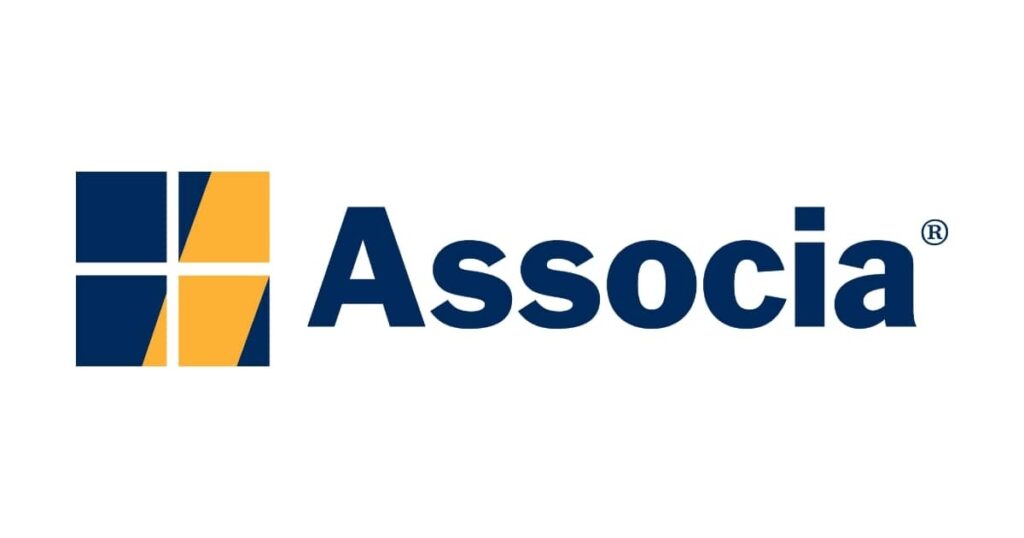ABOUT LOCAL LAW 95, NYC
Local Law 95 was among the new measures established to reduce building-generated emissions by 40% by 2030, and 80% by 2050. It requires most mid-size and large buildings in NYC to post energy efficiency grades near public entrances by October 31st. Most specifically, every owner of buildings over 25,000 square. In addition to an attempt to increase transparency, this initiative also seeks to hold property managers and owners responsible for emissions and energy performance.
Call us today
+1 (917) 754 - 3588
commercial Accounts
states We operate
Retention Rate
Let's get in touch
What are energy efficiency grades?
Energy Efficiency Grades are based on Energy consumption and Gas Usage. An “Energy Efficiency Grade” is determined by a building’s Energy Efficiency score, assigned to the building through the benchmarking process (Local Law 84) in accordance with the NYC grading tool.
LOCAL LAW 95 NYC ENERGY EFFICIENCY RATINGS FOR BUILDINGS
The scores for NYC Buildings that are required to comply are as follows:
- A= If the score is equal to or greater than 85
- B= If the score is equal to or greater than 70 but less than 84
- C= If the score is equal to or greater than 55 but less than 69
- D= If the score is equal to or greater than 1 but less than 54
- F= If the owner of such building has not complied, and the owner has had an opportunity to be heard with respect to such non-compliance.
Therefore, in order to avoid F Grade, each building needs to file LL84 before its deadline every year.

NYC LOCAL LAW 95 DEADLINE & PENALTIES
Within 30 days of obtaining the Energy Efficiency Grade, property owners must post the grade and the Energy Efficiency score near each public entrance of the respective buildings. Failure to meet such requirements by October 31st will result in a fine of $1250 and receive a DOB violation.
Building owners who fail to submit their benchmarking report on time will receive a letter grade “F” that must be posted on each public entrance of their building by October 31st and remain until October 1st of the following year.
Once F&D Partners files Local Law 95 for your building, you will receive instructions on how to print the Letter Grade for free!
FREQUENTLY ASKED QUESTIONS
City grades are determined by a building’s ENERGY STAR Portfolio Manager score. Building owners submit energy and gas data, which is used to calculate the energy use intensity (EUI) of the building. The ENERGY STAR score, a value from 1 to 100, reflects the building’s energy efficiency compared to similar buildings nationwide. This score is then used to assign a letter grade (A through F) to the building’s energy performance. The grade must be displayed near public entrances to inform visitors and tenants about the building’s energy efficiency. Regulations vary based on building type and size.
Grades must be posted all year. Every year, grades are updated based on your energy benchmarking data. Annually, you must repeat this process in October, when you will access your building’s energy grade via the DOB NOW site on October 1 and must upload the new grade by October 31.
Grades must be posted all year. Every year, grades are updated based on your energy benchmarking data. Annually, you must repeat this process in October, when you will access your building’s energy grade via the DOB NOW site on October 1 and must upload the new grade by October 31.
Yes, within 30 days of receiving it, building owners have the option to request a review of their Energy Grade. Additionally, they are able to contest the grade by going through a formal hearing process.
Sometimes boosting your grade may be as simple as double-checking your Local Law data. Is your measurement correct? How many bedrooms and units are there? If such data is incorrect, your ENERGY STAR Portfolio Manager score, and consequently your NYC building energy grade, may suffer.
In general, you should consult your most recent NYC Local Law 95 energy audit to see whether there are any building changes that could make a big difference. This audit will also assist you in planning how you can reduce your carbon emissions, which will affect your road to compliance with Local Law 97.
Properties that are not qualified for an ENERGY STAR score will receive a “N.” The posting requirement does not apply to “N” grade buildings (those excluded from benchmarking or not included by the Energy Star program).










